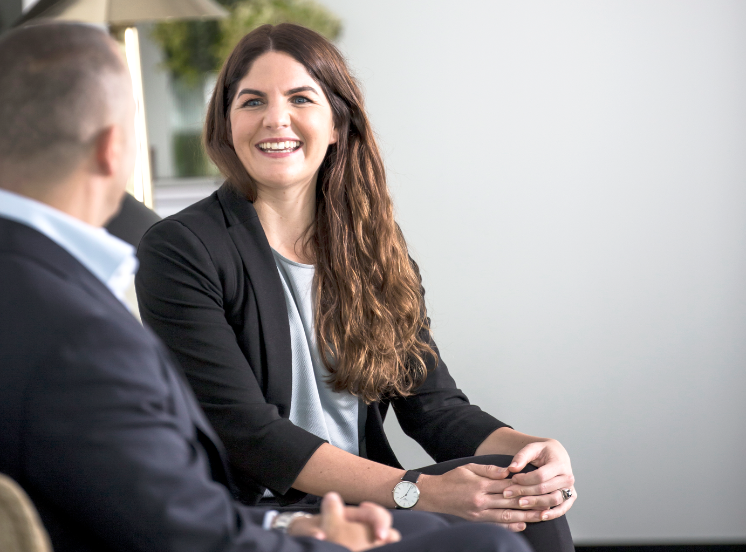





On 1 July there will be several key changes to superannuation that could possibly impact your ability to contribute. By contributing as much to super as possible, you would assist in building your assets to fund your future retirement income needs.
Superannuation remains the most tax effective structure by which to invest, as when you are in accumulation phase, your investment earnings within superannuation are taxed at a maximum rate of 15% compared to earnings in your own name which could be taxed at up to 47%. Further, when you enter pension phase and start drawing an income stream from super, investment earnings would be tax-free.
These changes were originally announced in the 2021 Federal budget and passed into law earlier this year but will apply from July 1st, 2022.
If you are currently aged between 67 and 74, you can only make voluntary contributions to your superannuation if you met the work test. The current work test requires you to be employed for at least 40 hours in a consecutive 30-day period during the financial year, before any super contributions are accepted – before tax or after-tax. This work test will be abolished and will only apply if you intend to claim a tax deduction. Existing contribution cap arrangements will continue to apply, however the work test will no longer apply to contributions you make under a salary sacrifice arrangement or for any personal contributions that you don’t claim a tax deduction for, such as non- concessional contributions.
Individuals up to the age of 75, with a total super balance under $1.7 million, will have the opportunity to make large non-concessional contributions (possibly up to three years’ worth) in a single year, by utilising bring-forward rules. From 1 July 2022, the cut-off age to access the bring forward rules will increase from 67 to 75, giving individuals more time to contribute as much as possible to super, enhancing the tax effectiveness of their affairs and boosting their long-term retirement incomes. There are total super balance thresholds that still apply to the above which we at Hewison Private Wealth and your accountants, will be monitoring.
Example: If you are 74 on 1 July 2022 and you have a total super balance of less than $1.48m, you may be able to make a $330,000 non-concessional contribution to your SMSF. The contribution simply must be made, no later than 28 days after the month in which you turn 75.
Currently, you can only make a downsizer contribution if you are 65 or older at the time of the contribution and have satisfied the other eligibility requirements. From 1 July 2022, the minimum age will reduce to 60. All other eligibility rules remain unchanged and the maximum amount of downsizer contributions that can be made remains at $300,000 per person or $600,000 per couple.
For younger Australians, there are also changes that will impact you. Workers who are eligible to receive employer contributions, can expect an increase from 10% to 10.5% from 1 July 2022. The First Home Super Save (FHSS) Scheme is also due for a change. As it stands now, an individual can apply to release up to $30,000 of their personal contributions from superannuation under this scheme. The new change increases the total amount that can be released to $50,000.
Those that will be most impacted by these new changes will be those aged 60 and over. At Hewison Private Wealth we are forever reviewing your strategies to ensure your position is being optimised. Should your situation fall into one of the above categories then you should expect to discuss it with your adviser after the changes come into effect on 1 July 2022.
Disclaimer: Any information, financial product or advice provided in this website is general in nature. It does not take into account your needs, financial situation or objectives. Past performance is not a reliable indicator of future performance. Before acting on the advice, you should consider whether it is appropriate to you in light of your needs, financial situation and objectives.